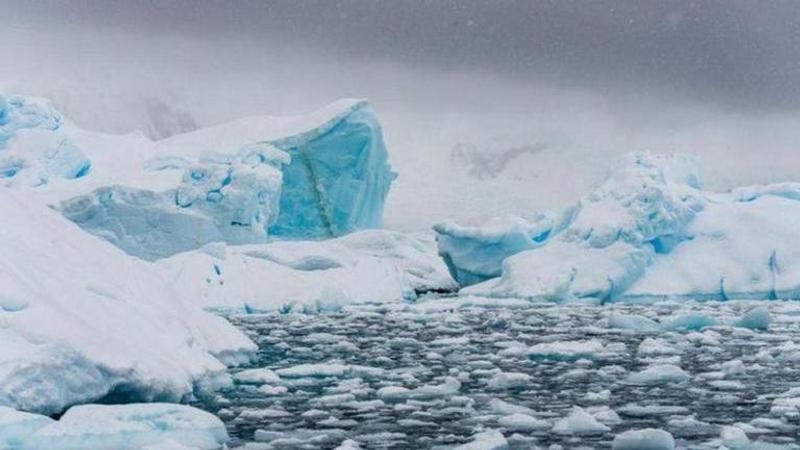Published 15:10 IST, September 3rd 2020
Bering Sea ice in the northern Pacific Ocean at its lowest levels in 5,500 years
According to a new study, winter ice in the Bering Sea is at its lowest levels for 5,500 years. The Bering sea is located in the northern Pacific Ocean.

According to a new study, winter ice in the Bering Sea is at its lowest levels in 5,500 years. The Bering sea is located in the northern Pacific Ocean between Alaska and Russia. The researchers analyzed vegetation at the St. Matthew island over the last five millennia to come to a conclusion. As a part of the study, the scientists also looked at the variations in peat layers of oxygen atoms which are called isotopes 16 and 18. The proportions of these isotopes correlate with atmospheric, oceanic changes and precipitation.
Ice in Bering Sea reduced drastically in 2 years
Scientists also used satellite images gathered from the past 4 decades. This was done to understand the depletion of ice cover. The researcher who conducted the study at the University of Alaska and then at the US Geological Survey, Miriam Jones said, “It's a small island in the middle of the Bering Sea, and it's essentially been recording what's happening in the ocean and atmosphere around it”. A peat core taken from St Matthew in 2012 was also studied and it represented 5,500 years of accumulation.
Matthew Wooller, director of the Alaska Stable Isotope Facility, who participated in the analysis wrote, “What we've seen most recently is unprecedented in the last 5,500 years”. This analysis has been published in the journal Science Advances. According to the study, the ice in the Arctic and Bering Seas melts in summer and freezes in winter. However, the observations made by the satellites date back to the year 1979. In the case of Arctic, winter ice has reduced rapidly due to global warming and the increasing concentration of carbon dioxide. According to the authors of the study, the Bering Sea in recent decades has seemed stable. There was a major reduction in the years 2018 and 2019.
(Image Credits: Unsplash)
Updated 15:10 IST, September 3rd 2020



